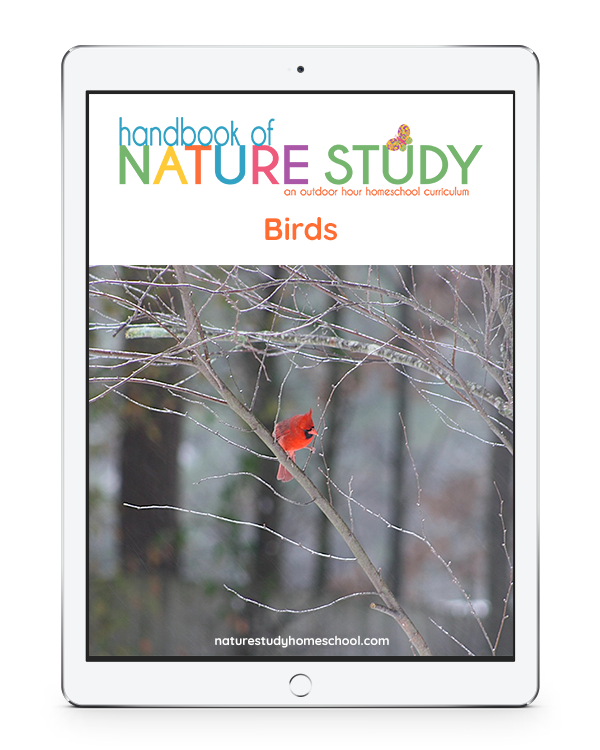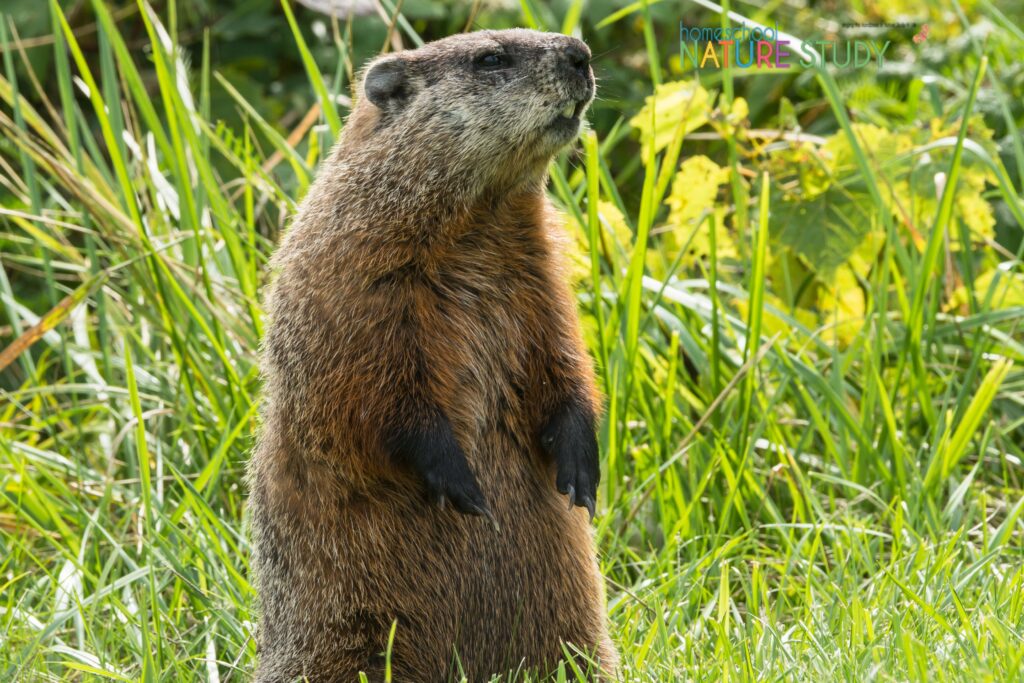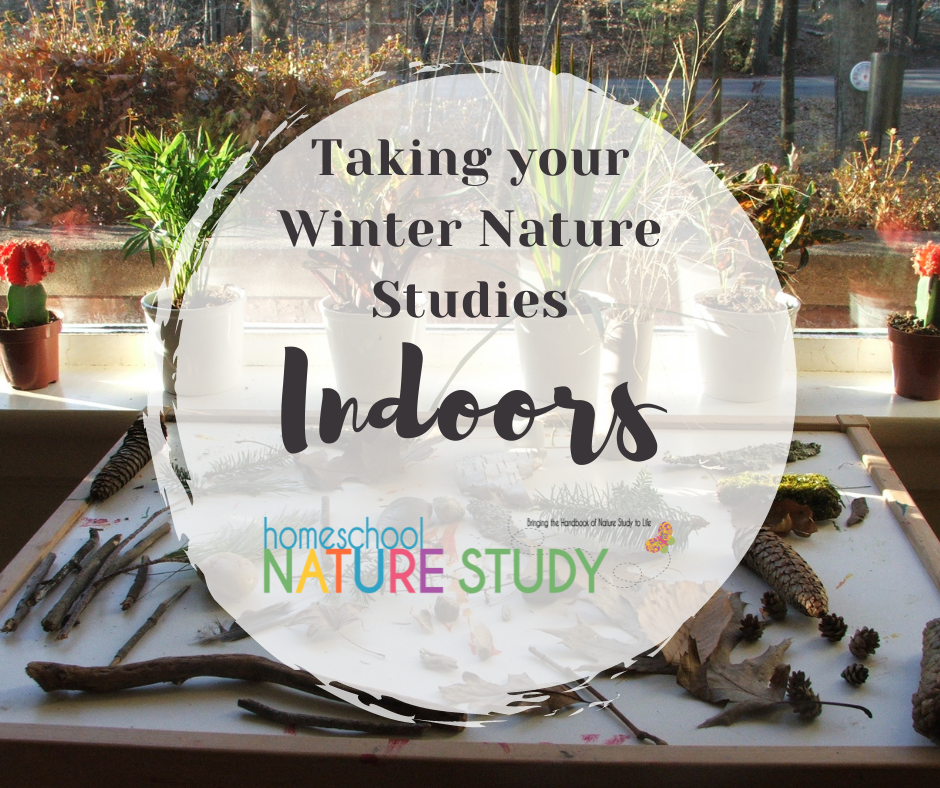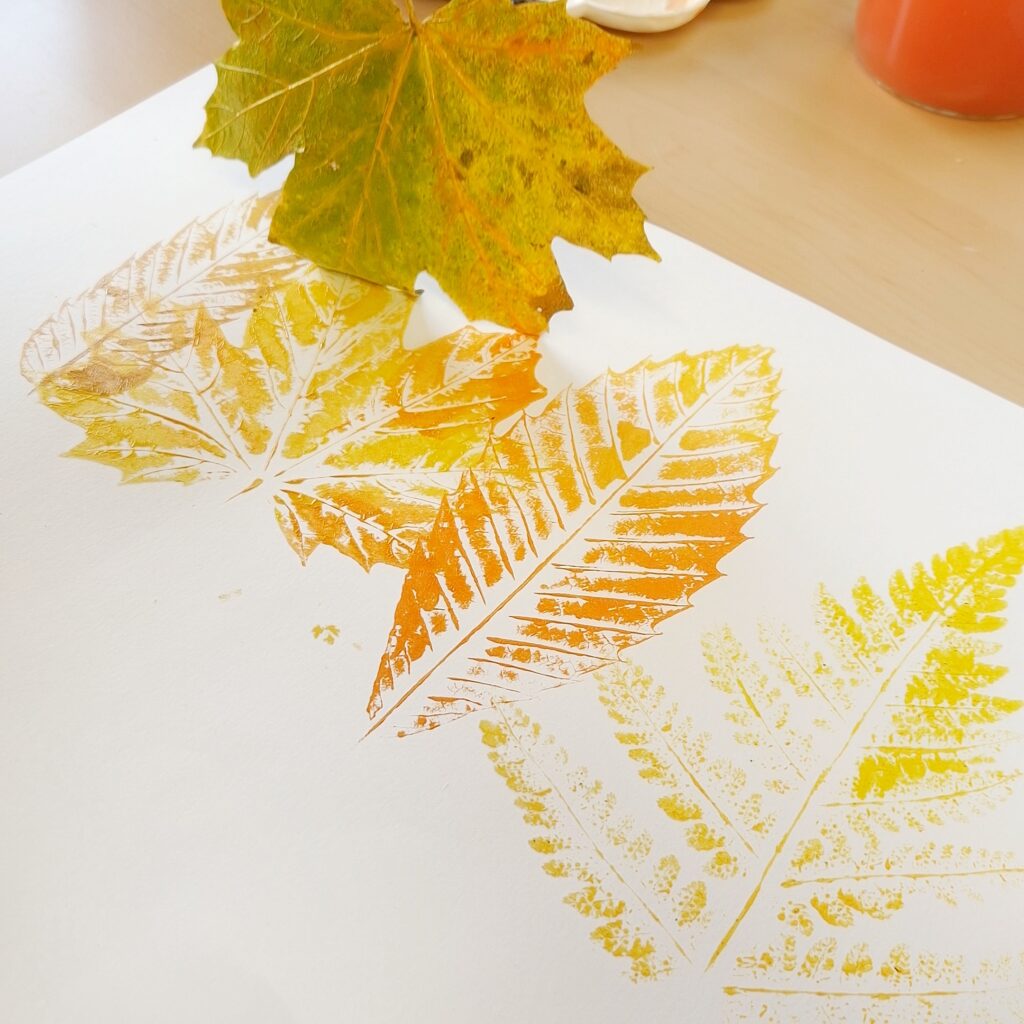Though you may consider the dandelion a weed, there is so much to discover in this dandelion wildflower nature study for your homeschool. This is simple and delightful learning in your own backyard!

Dandelion Nature Study for Your Homeschool
Start with a little bit of inside preparation before you head outdoors.
Dandelion Nature Study in the Handbook of Nature Study
Read in the Handbook of Nature Study about dandelions on pages 531-535. After reading the suggestions on pages 543 and 535, choose several ideas from the lesson to complete during your Outdoor Hour Time.
Finding Dandelions in your Outdoor Hour Time
Spend 15 minutes outdoors this week in your own backyard or a near-by park. As you walk along, keep your eyes out for dandelions.
Suggestions for Dandelion Wildflower Observations
- See if you can find several dandelions in various stages of growth.
- Look at the leaves and collect a few for sketching later in your nature journal.
- If it is growing in your own yard, you might like to dig up the complete dandelion plant and observe the roots.
- Measure the height of several different dandelion plants and compare them.
- Examine an unopened dandelion flower.
- Watch a bee working in a dandelion.
- Observe the seeds and how they are dispersed.
- Observe your dandelions on a sunny day and then on a cloudy day. Note any differences.
Follow-Up Dandelion Nature Study Activities
Take some time to draw the dandelion in your nature journal or complete the notebook page from the Spring Series ebook. Make sure to record your observations of the dandelion and make a sketch of the leaf and flower. If you would like to see our sample study of a dandelion in our backyard, here is the LINK.

Composite Flowers: Supplement to the Study of a Dandelion
The dandelion is a composite flower and the Handbook of Nature Study has a section to explain just what that means.
“Many plants have their flowers set close together and thus make a mass of color, like the geraniums or the clovers. But there are other plants where there are different kinds of flowers in one head, those at the center doing a certain kind of work for the production of seed, and those around the edges, doing another kind of work. The sunflower, goldenrod, asters, daisies, coneflower, thistle, dandelion, burdock, everlasting, and many other common flowers have their blossoms arranged in this way.”
Handbook of Nature Study, page 503
Observe your dandelion, perhaps with a magnifying lens, to see if you can observe the parts of a composite flower:
- Look at the center of the flower for the disc flowers and around the edges for ray flowers. (illustrated in the diagram on page 575)
- Examine the disc flowers in the center and see if they are open or unfolded. How many ray flowers are there?
- Locate the bracts (green cover of the flower before it opens). Can you see the bracts on the back of the flower?
- More ideas for studying a composite flower are found on page 503 in Lesson 131. Note: This lesson will be Lesson 135 in the older edition and in the Plants and Trees pdf it is on page 68.

More Spring Nature Study Activities
Here are some more dandelion resources to enjoy!
- Dandelions Outdoor Hour – I’ve always viewed dandelions as either a childhood delight or a nuisance. They tend to spread so quickly in a yard you are trying to keep free of weeds. But their seeds are also so much fun to blow and spread. A joy to watch catch the wind!
- How to Draw a Dandelion Art Lesson – One of the icons of warm weather is the dandelion. Have you ever studied the detail of this beautiful creation? Oh there are so many ways you could paint it! This dandelion chalk pastel art tutorial is inspired by a photo I took last spring.
- Take Along Nature Guides for Homeschool – I’m always looking for appealing books to help us out in our nature study to help spark my kids’ interest in all things outdoors. When I found my first “Take-Along Guide” at a used book store, I was interested so I purchased it. But it was later when I began really reading it that I became really interested.
Get your FREE Getting Started: Nature Study Close to Home (includes three challenges!)
Homeschool Nature Study Membership for Year Round Support
Can you believe all of these spring homeschool resources you will find in membership? You will also find a continuing homeschool nature study series plus all the Outdoor Hour Challenges for nature study in our Homeschool Nature Study membership. There are 25+ continuing courses with matching Outdoor Hour curriculum that will bring the Handbook of Nature Study to life in your homeschool! In addition, there is an interactive monthly calendar with daily nature study prompt – all at your fingertips!
Be inspired. Be encouraged. Get outdoors!


Outdoor Hour Challenge by founder, Barbara McCoy. Additional resources by Tricia. Tricia and her family fell in love with the Handbook of Nature Study and the accompanying Outdoor Hour Challenges early in their homeschooling. The simplicity and ease of the weekly outdoor hour challenges brought joy to their homeschool and opened their eyes to the world right out their own back door! She shares the art and heart of homeschooling at You ARE an ARTiST and Your Best Homeschool plus her favorite curricula at The Curriculum Choice.
























































